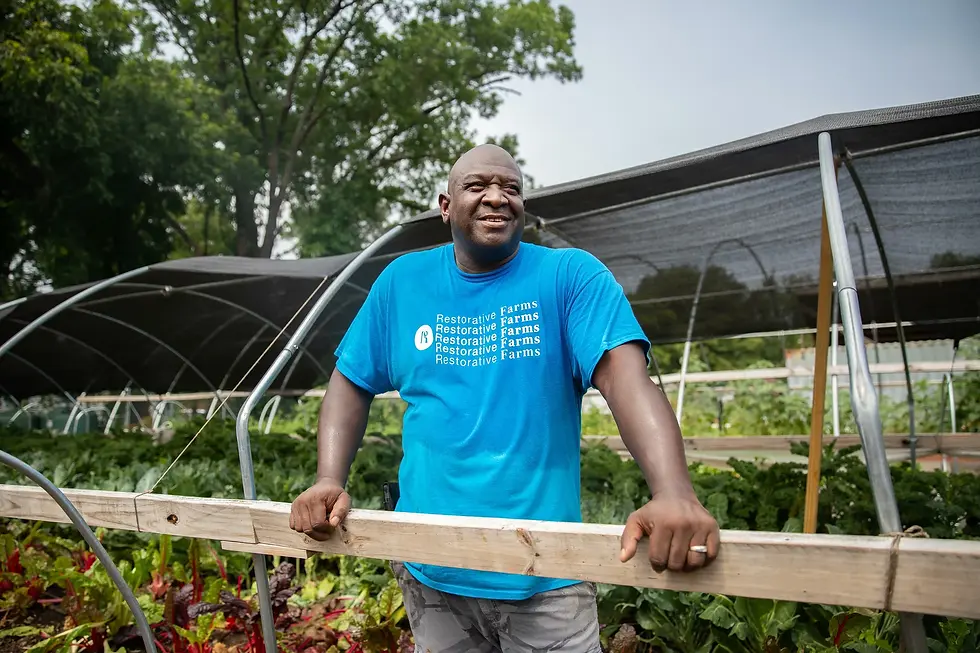Bridging the Gap: Addressing the Lack of Funding and Support for Reentry Programs
- Apr 24, 2023
- 2 min read
The United States has the highest incarceration rate in the world, with millions of individuals spending time behind bars. With such an overwhelming number of people reentering society each year, reentry programs are absolutely crucial for a smooth transition. However, there's a huge gap when it comes to funding and support for these vital programs, leaving families, communities, and the formerly incarcerated to bear the brunt.

Based on current figures, it is estimated that the U.S. spends $81 Billion on mass incarceration. However, the Prison Policy Initiative estimates that the amount may be closer to $182 Billion. And the amount spent on reentry? Well, the data is scarce. But a recent press release suggests that at least federally the amount spent on reentry programs might be around $100 Million as of 2021.
This huge gap poses significant problems for the formerly incarcerated, their families, and their communities.
The Funding Gap
Reentry programs have a track record of slashing recidivism rates and nurturing successful reintegration. And yet, they're woefully underfunded. Many struggle to secure consistent funding, which hampers their ability to offer comprehensive services to those who need them most. This funding chasm means countless formerly incarcerated individuals face major roadblocks in accessing essential support services like housing, employment, and mental health counseling.
Ripple Effects on Families and Communities
The scarcity of funding for reentry programs has far-reaching effects, extending beyond the formerly incarcerated to touch their families and communities. Families may find themselves overwhelmed by the financial and emotional demands of supporting their loved one during reentry, leading to strained relationships and further instability. In communities where reentry support is scarce, crime and recidivism rates may soar, exacerbating existing social and economic inequalities.
A Call to Invest
It's time to bridge the funding gap and bolster support for reentry programs, which will, in turn, ensure successful reintegration for the formerly incarcerated and improve outcomes for their families and communities. Increased investment in reentry initiatives can help provide much-needed resources. Some initiatives worthy of amplified support include:
Housing assistance: Guaranteeing stable, affordable housing for the formerly incarcerated - a key factor in successful reentry.
Employment and job training: Offering job training and support to help the formerly incarcerated find stable employment and become self-sufficient.
Mental health and substance abuse treatment: Providing comprehensive mental health and addiction treatment services to tackle the underlying issues that often contribute to criminal behavior.
Family support and reunification: Fostering family reunification and delivering support services to navigate the challenges tied to reentry.
By stepping up investment in reentry programs and tackling the lack of funding and support, we can create a more equitable and just society, where the formerly incarcerated have a real shot at rebuilding their lives and making a positive impact on their communities.
Following the Money of Mass Incarceration
The U.S. Spends Billions to Lock People Up, But Very Little To Help Them Once They're Released, https://www.pbs.org/newshour/economy/the-u-s-spends-billions-to-lock-people-up-but-very-little-to-help-them-once-theyre-released
The Economics of Incarceration
12 Facts About Incarceration and Prison Reentry
Justice Department Awards More Than $110 Million to Support Currently and Formerly Incarcerated Individuals
Economic Burden of Incarceration
https://ijrd.csw.fsu.edu/sites/g/files/upcbnu1766/files/media/images/publication_pdfs/Economic_Burden_of_Incarceration_IJRD072016_0_0.pdf







